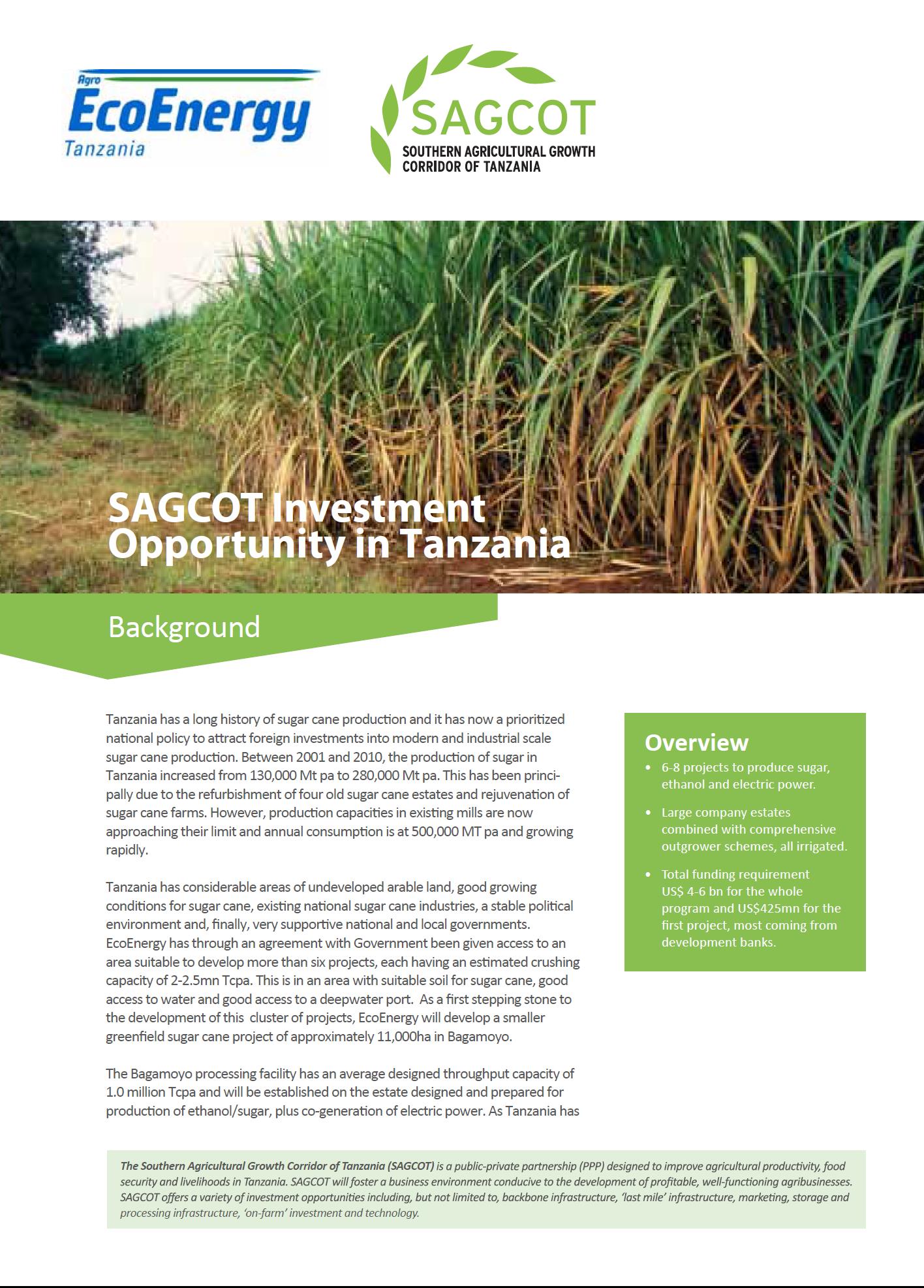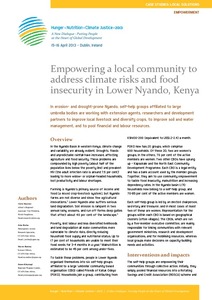The Impact of the Food Price Crisis on Consumption and Caloric Availability in Pakistan : Evidence from Repeated Cross-sectional and Panel Data
Welfare losses from the 2008 food price
crisis in Pakistan are deepening the gap between poor and
non poor populations and further increasing inequality
between the provinces. To estimate welfare losses, the
reduction in caloric availability at household level is
measured. The analysis of calorie intake by source supports
the notion that rural households were shielded from the
worst effects of the crisis by their capacity to grow their





